Are you ready to make your living space a cutting-edge haven? As we are entering 2025, interior design is changing fast. It's going to change how we see our homes.
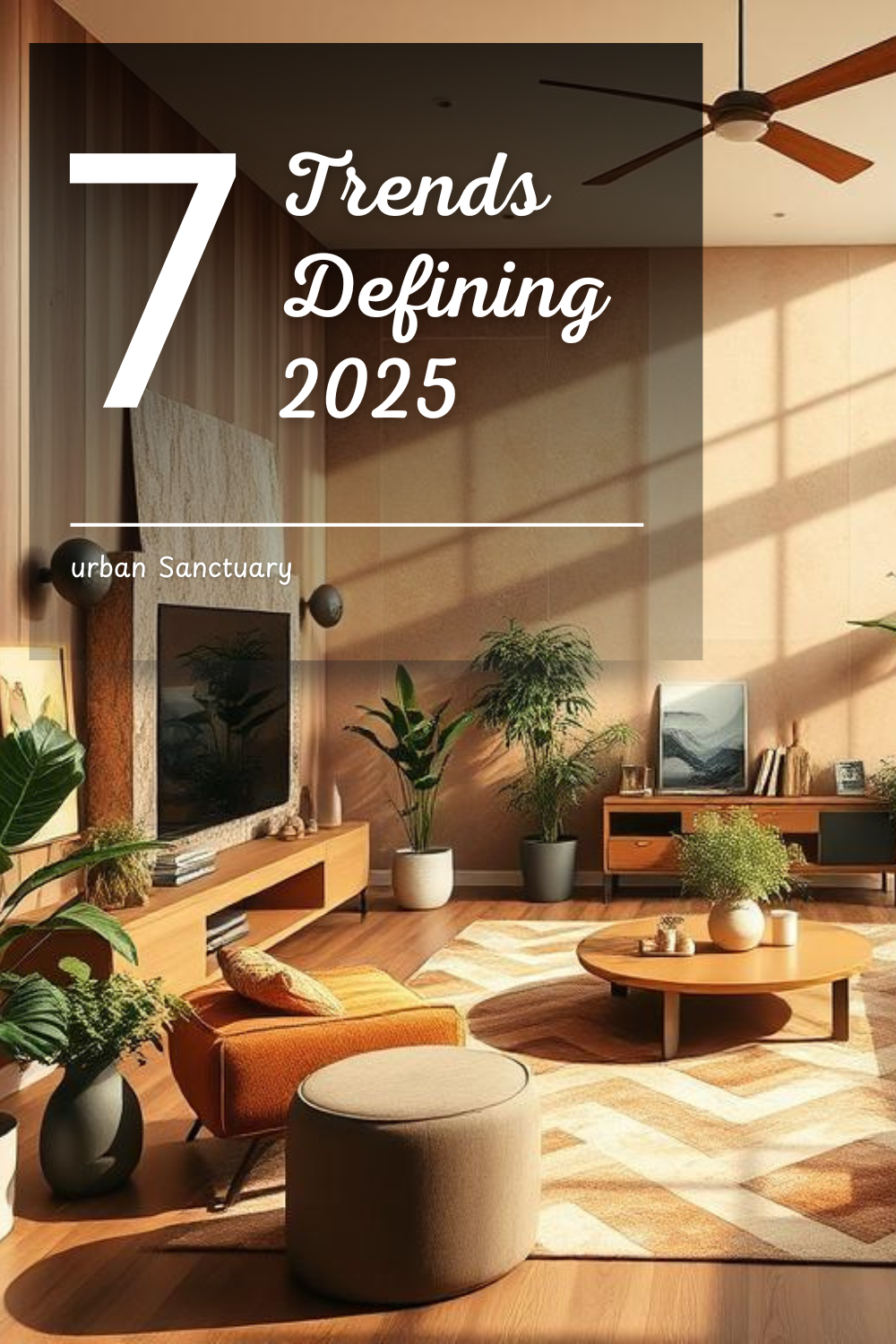
Transform your living spaces with the most exciting interior design trends 2025 has in store. The upcoming year promises a revolutionary approach to home design. It blends functionality, sustainability, cutting-edge technology and personal wellness.
These interior design trends 2025 aren't just about looking good. They represent a holistic approach to living spaces.
Designers are reimagining living spaces through seven key trends. These trends will reshape how you experience your home:
- Modern Minimalist: Trend has taken a new direction
- Sustainable Materials: Eco-friendly choices are no longer optional but essential
- Biophilic Design: Bringing nature indoors like never before
- Smart Home Integration: Technology meets aesthetic elegance
- Multifunctional Spaces: Maximizing every square foot of your home
- Vintage Revival meets Contemporary Style: mixing old and new
- Wellness-Focused Design: Creating environments that support your well-being
As you explore these trends, you'll discover how interior design is becoming more responsive, sustainable, and personalized than ever before.
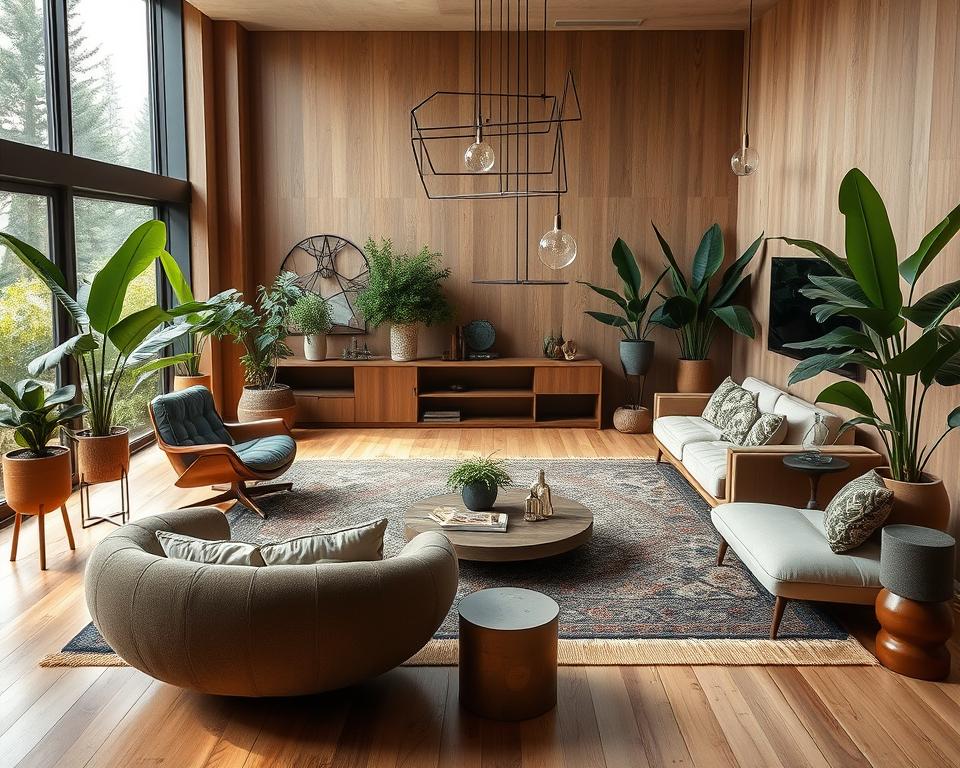
Modern Minimalism Takes a New Direction
Modern minimalism is changing in 2025. It's moving away from the cold, all-white look of before. Now, your home can be warm, textured, and full of subtle details, all while keeping clean lines and purposeful design.
The latest in interior design trends for 2025 shows a more detailed approach to minimalist spaces. Designers are using sustainable materials to add depth and character. Natural elements like reclaimed wood, bamboo, and recycled textiles are now common, replacing the cold, clinical look.
- Warm neutral color palettes replacing stark white
- Organic shapes and curved furniture designs
- Textural elements that add visual interest
- Intentional use of color psychology in minimalist spaces
Color psychology is key in this shift. Soft earth tones, muted greens, and gentle blues are taking over from stark whites. This creates spaces that are both minimal and welcoming. Your home can now feel calm and intentional without being cold or unwelcoming.
Sustainable materials are leading this design change. Eco-friendly furniture, low-impact production, and responsibly sourced materials are now must-haves in modern minimalism.

Sustainable Materials Revolutionizing Home Design
The world of interior design is seeing a big change. Sustainable materials are changing how we think about our homes. They make our spaces beautiful and good for the planet. In 2025, making eco-friendly homes is not just a trend. It's how we design homes.
Recycled materials are leading the way in home design. Designers are looking at old materials in new ways. This gives homeowners exciting options for their homes.
- Reclaimed wood flooring that tells a story of environmental consciousness
- Furniture made from recycled plastic and ocean waste
- Innovative textiles from plant-based fibers
Your home can show off your style and care for the planet. The interior design trends of 2025 focus on materials that are good for the environment. They also look great. Think kitchen countertops from compressed agricultural waste or wall coverings from recycled industrial materials.
Some key sustainable materials include:
- Bamboo composites
- Recycled glass tiles
- Agricultural waste textiles
- Carbon-negative concrete alternatives
These new materials show that eco-friendly design doesn't mean giving up style. You can have amazing, modern homes that are also good for the planet. It's a win for your home and the Earth.
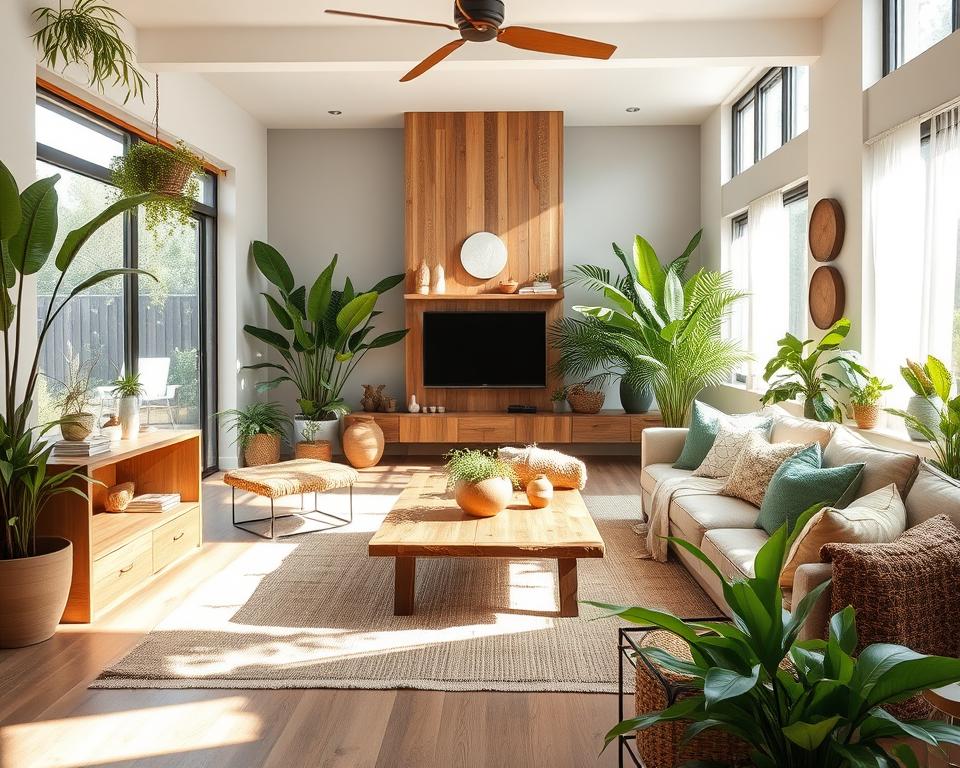
Biophilic Design: Bringing Nature Indoors
In 2025, interior design is all about embracing nature. Biophilic elements turn homes into lively, organic spaces. These spaces connect you with the natural world.
They make your home a place of wellness and peace. This is thanks to nature-inspired design.
Here are some ways to bring biophilic design into your home:
- Maximizing natural light through expansive windows
- Integrating diverse indoor plants into living spaces
- Using organic materials like wood and stone
- Creating green wall installations
- Selecting earth-toned color palettes
Indoor plants are key in modern design. Vertical gardens, succulent collections, and plants add beauty. They also improve air quality and lower stress.
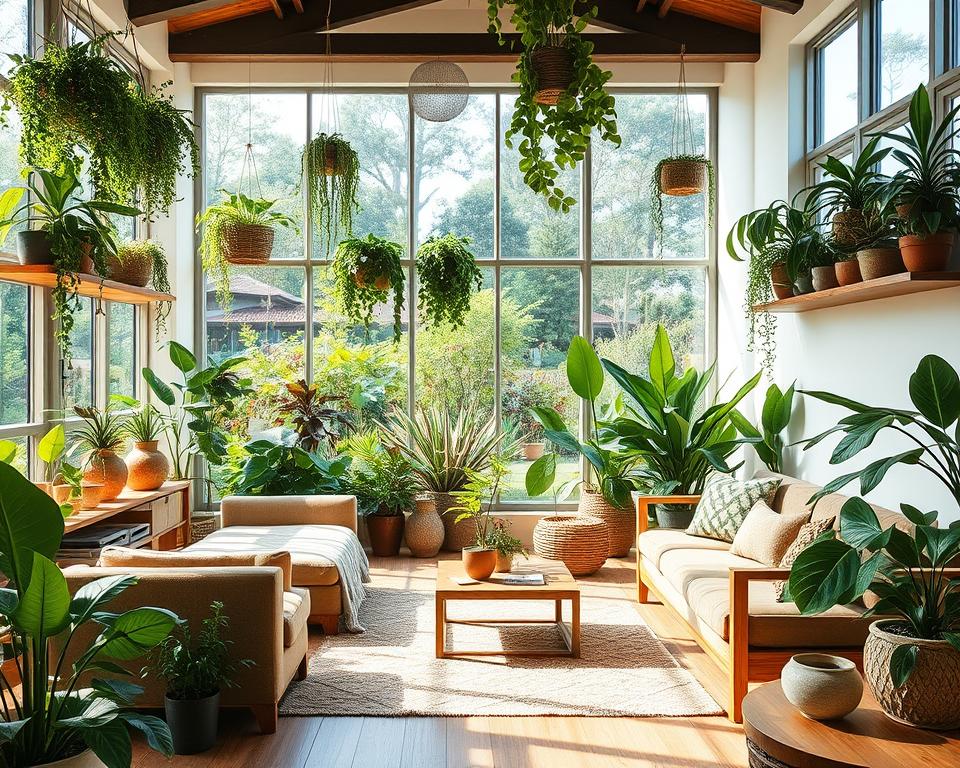
Studies show biophilic design's big impact. It makes spaces that clear your mind, reduce anxiety, and improve well-being. The link between indoor spaces and nature is now more understood.
Bring nature into your home for a better future in design. Your space can become a living, breathing ecosystem. It will nourish your body and mind.
Smart Home Integration in Contemporary Spaces
The world of interior design is changing fast with technology-integrated furniture. In 2025, smart furniture is a must-have for modern homes. Your living spaces are turning into smart systems that meet your needs and make your life better.
IoT-enabled home decor is changing how we live. Imagine furniture that does more than just sit there – it makes your life easier. These designs mix function with the latest tech.
- Charging stations built directly into furniture surfaces
- Smart tables with embedded wireless connectivity
- Adaptive furniture with temperature and lighting controls
- Ergonomic designs that adjust automatically to user preferences
Designers focus on invisible technology that fits into your home. You'll find hidden speakers, concealed charging spots, and smart surfaces. These features make your home a smart, responsive space.
Your home is more than a place to live; it's a smart platform that knows what you need. Smart home integration is the best mix of design, comfort, and tech.
The goal is to find a balance. These smart solutions should improve your space without cluttering it. Designers aim for sleek, simple looks that hide advanced tech in beautiful designs.
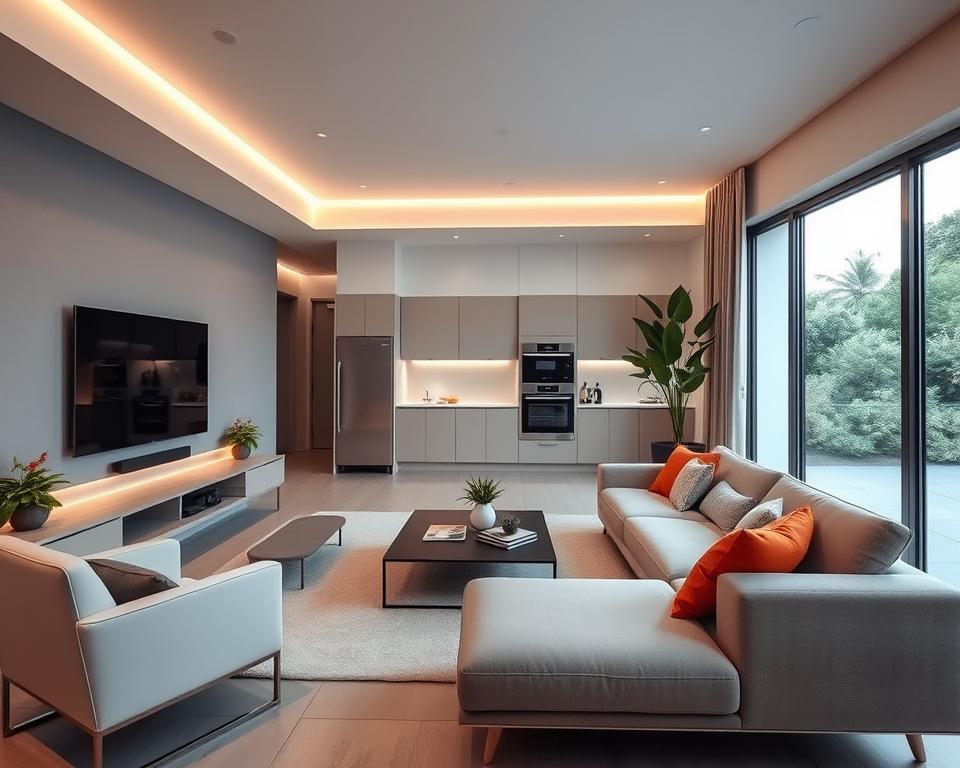
Multifunctional Spaces for Modern Living
Interior design trends for 2025 are changing how we see our homes. Your home is now a place that changes with you. It's all about multifunctional spaces that fit perfectly in small city homes.
Multifunctional spaces are taking center stage, reflecting the evolving needs of modern living. Your home office can now transform into a meditation space, dining area, or creative studio with intelligent design solutions.
Designers are making furniture that does more than one thing. Think of a dining table that turns into a desk or a sofa that becomes a bed. These ideas are already happening in homes today.
- Modular furniture with multiple configurations
- Wall-mounted fold-down desks
- Expandable storage systems
- Convertible living room arrangements
Smart design is the secret to great multifunctional spaces. Innovative furniture pieces have hidden spots, parts that adjust, and designs that change. You can use every inch without losing style or comfort.
Technology is key in this design shift. Smart furniture comes with charging spots, lights that adjust, and features that are good for your body. Your home can keep up with your busy life.
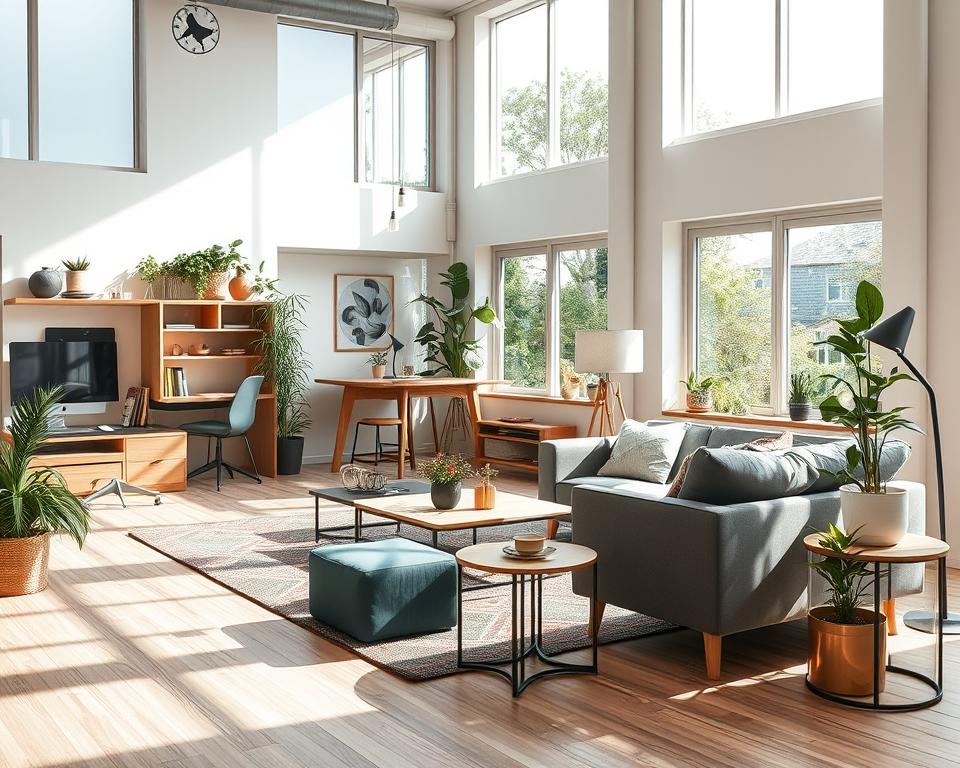
- Compact design for urban apartments
- Seamless technology integration
- Adaptable living environments
Start thinking about your living space in a new way. Multifunctional rooms are more than a trend. They're a way to live better, with more flexibility, efficiency, and style.
Vintage Revival Meets Contemporary Style
The interior design trends of 2025 are all about mixing old and new. Your home can be a mix of old charm and modern style. It's where vintage meets today's design.
Here's how to make your space look great:
- Use upcycled furniture with modern shapes
- Pair mid-century pieces with simple backgrounds
- Choose vintage items that fit today's trends
Designers are giving old pieces a new look. That vintage leather armchair looks great next to modern side tables. Retro lights stand out against simple walls. It's all about finding balance between old and new.
In 2025, your home will tell your story. By picking vintage items, you make your space unique. Upcycled furniture adds a personal touch, connecting past and present.
- Love the imperfections of old pieces
- Choose textures and styles that work together
- Use design to tell a story
This trend isn't about old times. It's about seeing history in a new way. Your home will be a living, changing space that honors both past and present.
Wellness-Focused Design Elements
Interior design trends in 2025 are changing how we see our homes. Now, homes are becoming places of health and mental peace. Your living space can help your body and mind with smart design choices.
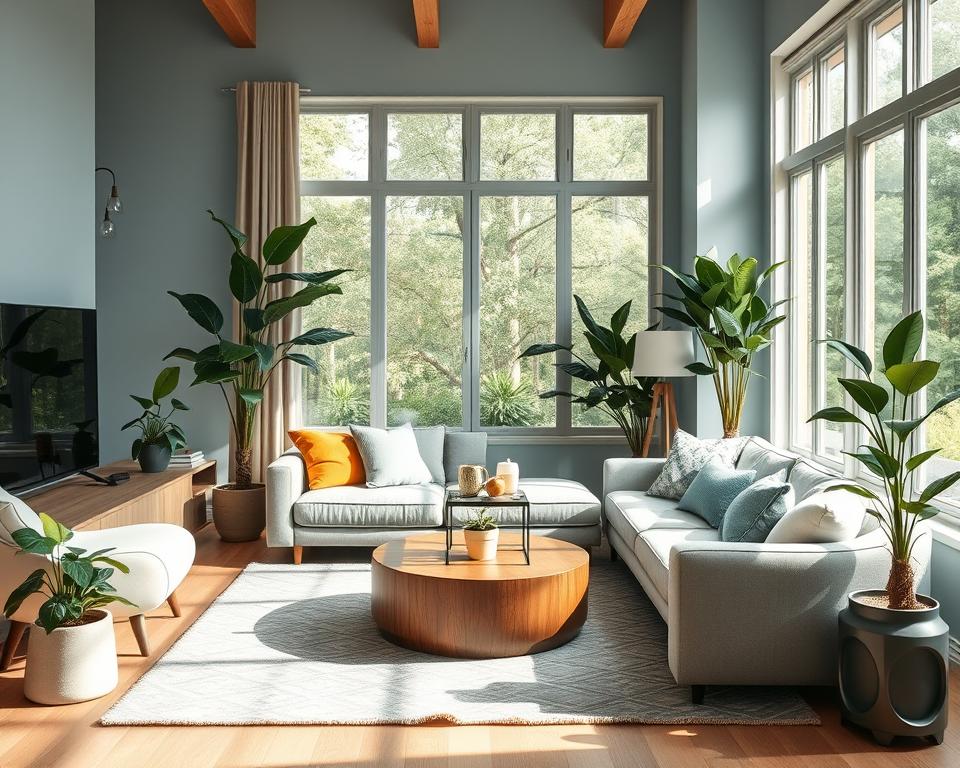
Key elements of health-promoting interiors include:
- Natural light optimization
- Air-purifying plant integration
- Non-toxic material selections
- Ergonomic furniture designs
Mindful spaces are key in today's home design. Designers are making areas for calm, meditation, and mental refresh. Biophilic design principles bring nature inside, lowering stress and boosting well-being.
Your home can be a tool for wellness. Think about adding design strategies that:
- Reduce harmful chemical exposure
- Improve natural air flow
- Create areas for healing
- Use soothing colors
Wellness-focused design is more than a trend. It's a way to make homes that care for your health and lifestyle in 2025 and later.
2025 Trends is about Personalized Design Experiences
Interior design trends for 2025 are all about personalization. Your home is more than just a place to live; it's a space that changes with you. It's turning into a smart, personal space and It will support your health, creativity, and connection to the world.